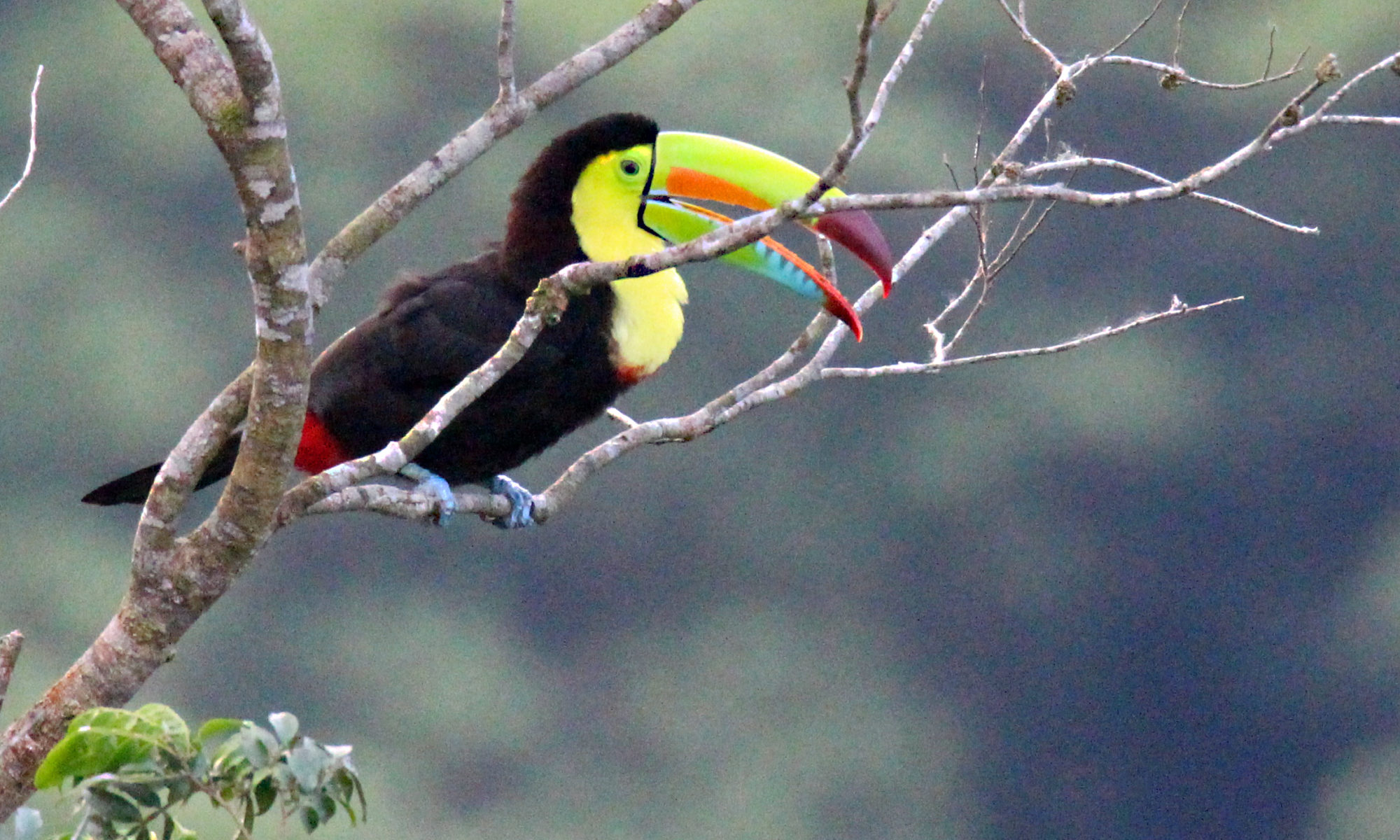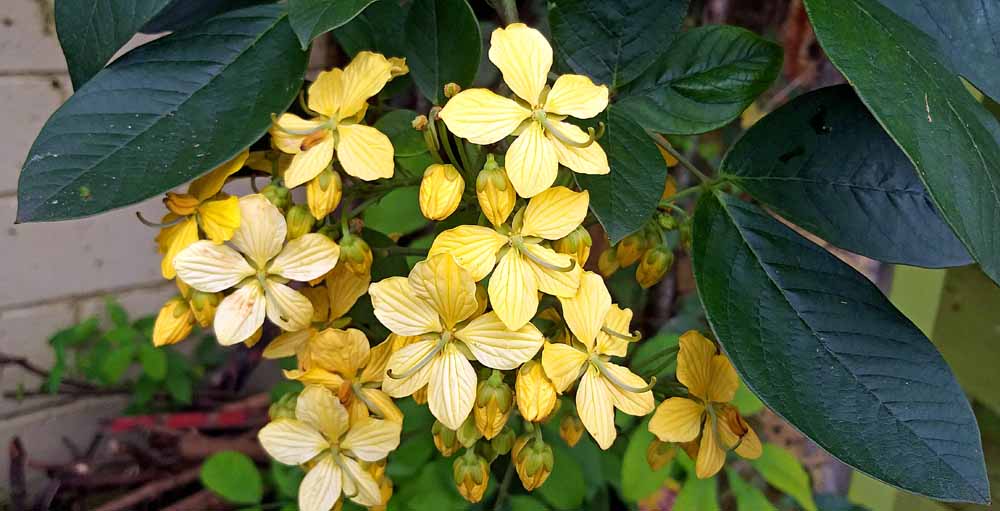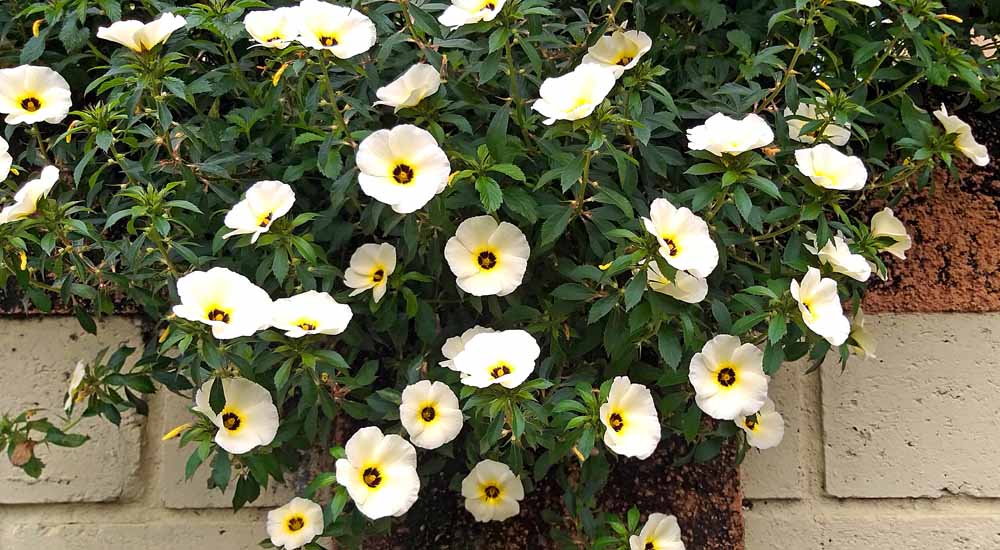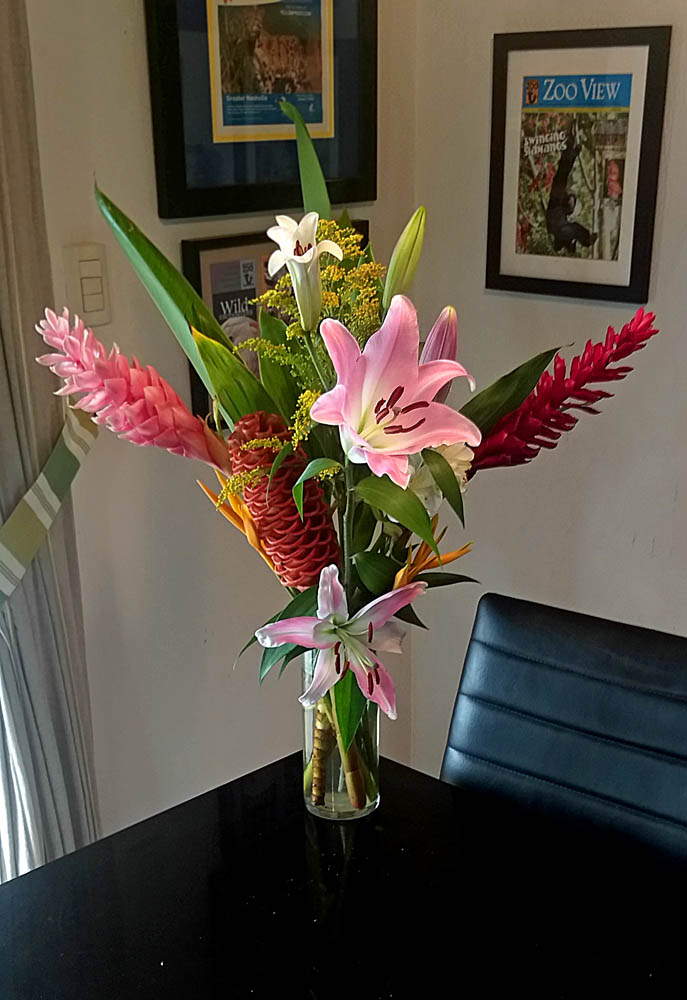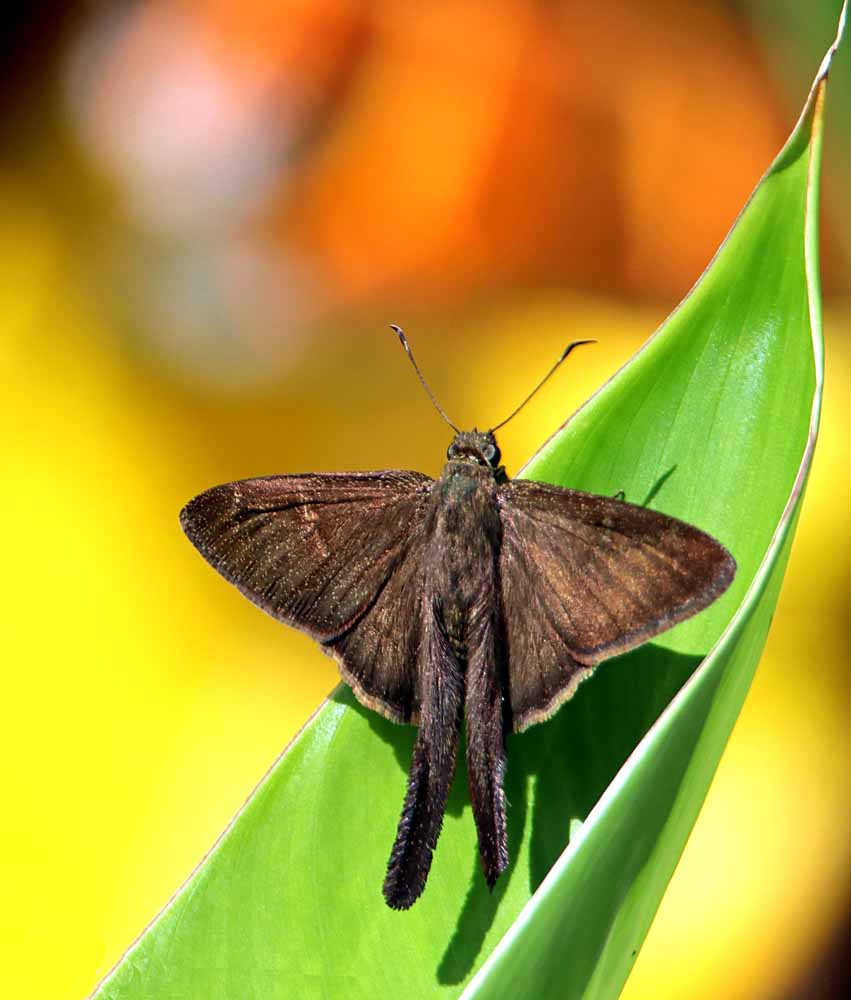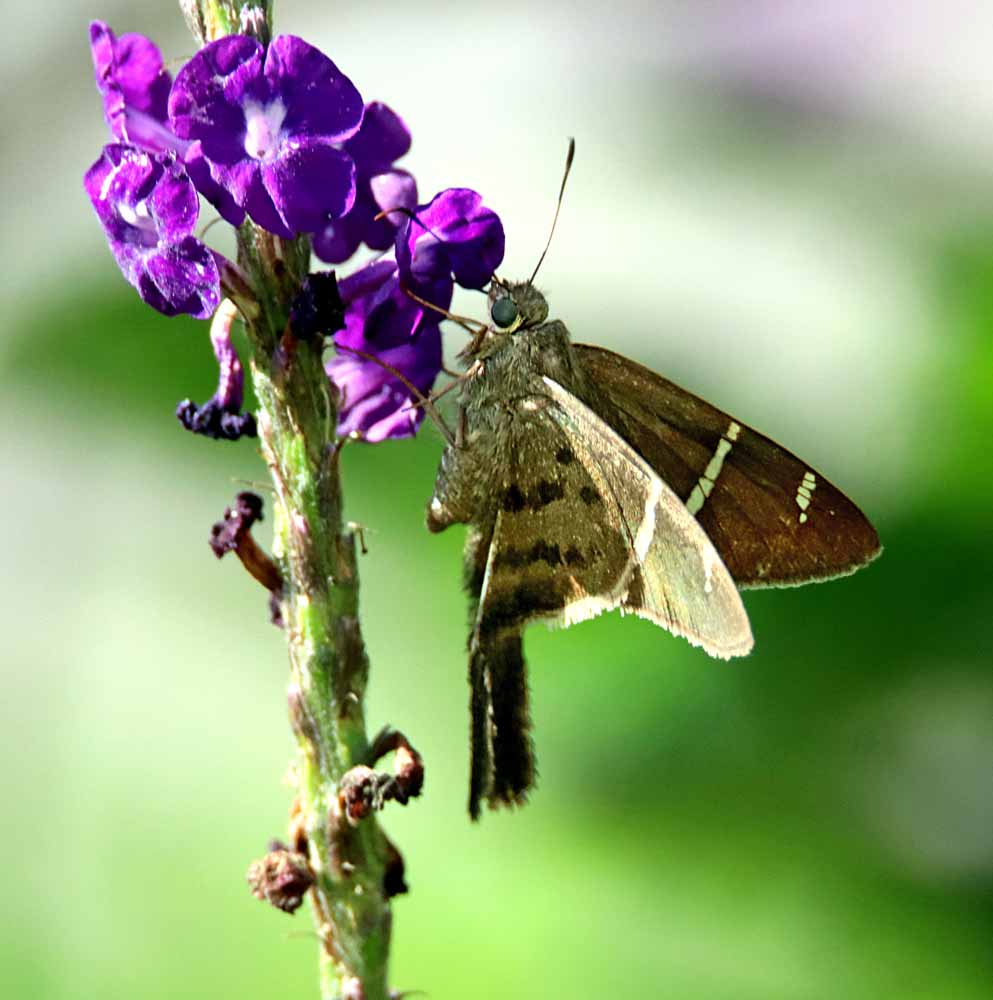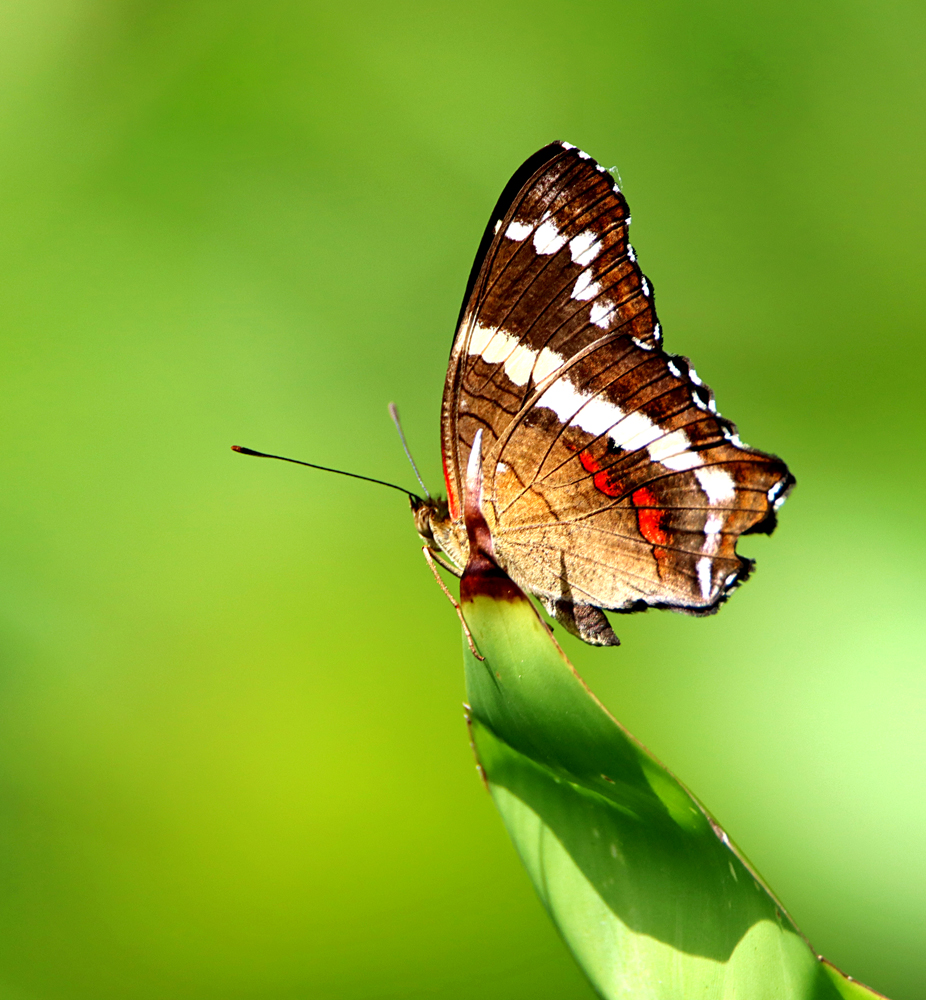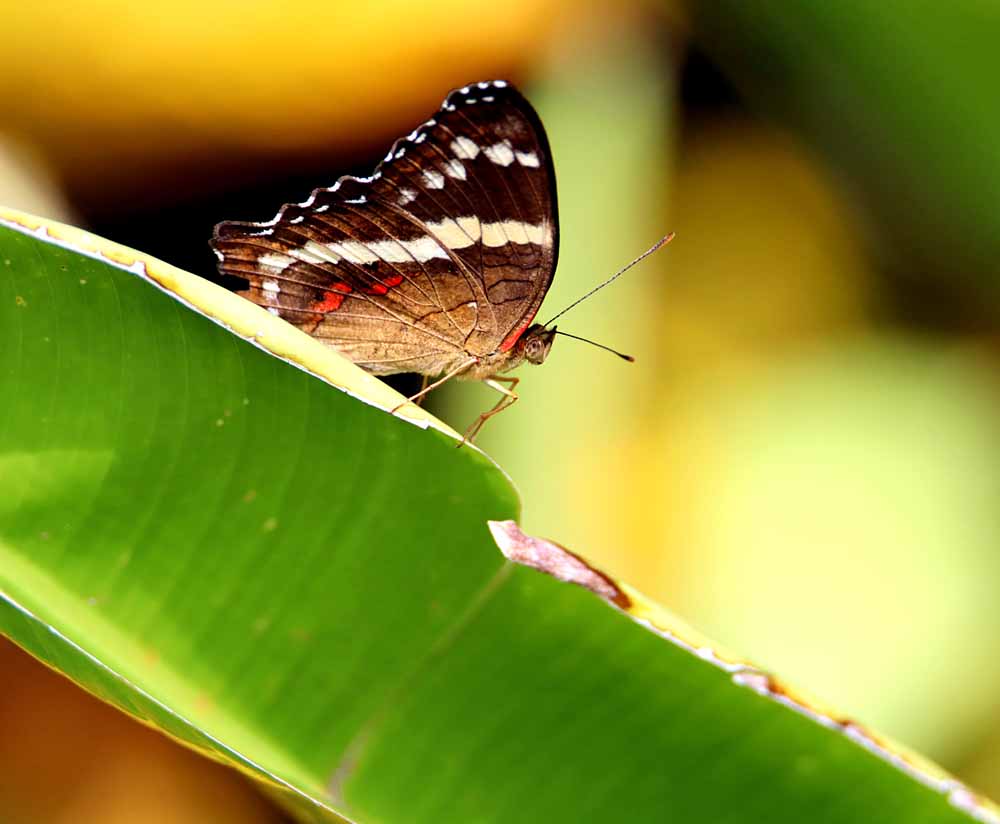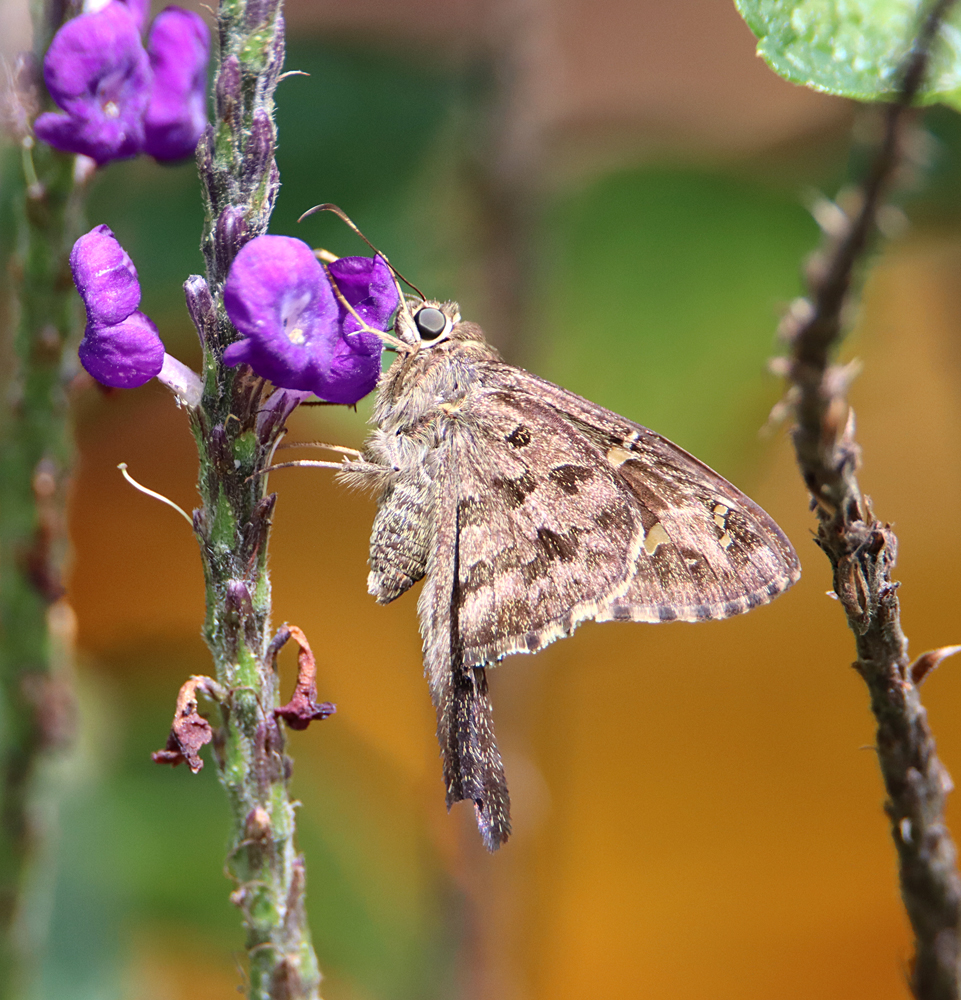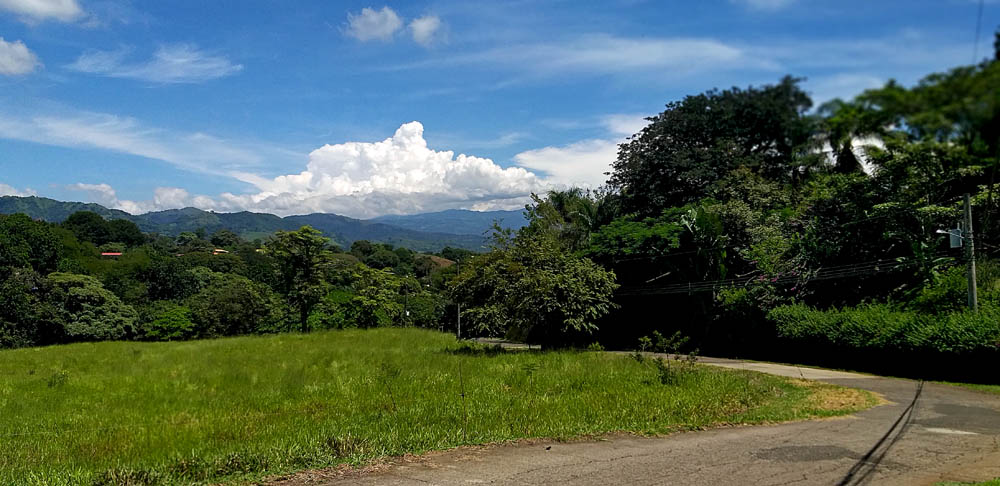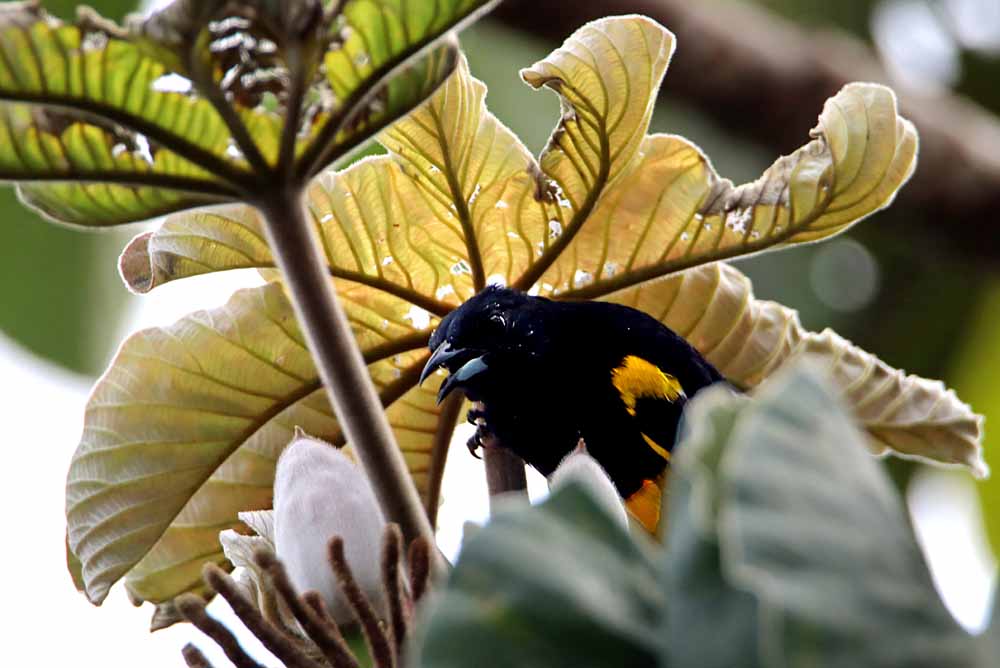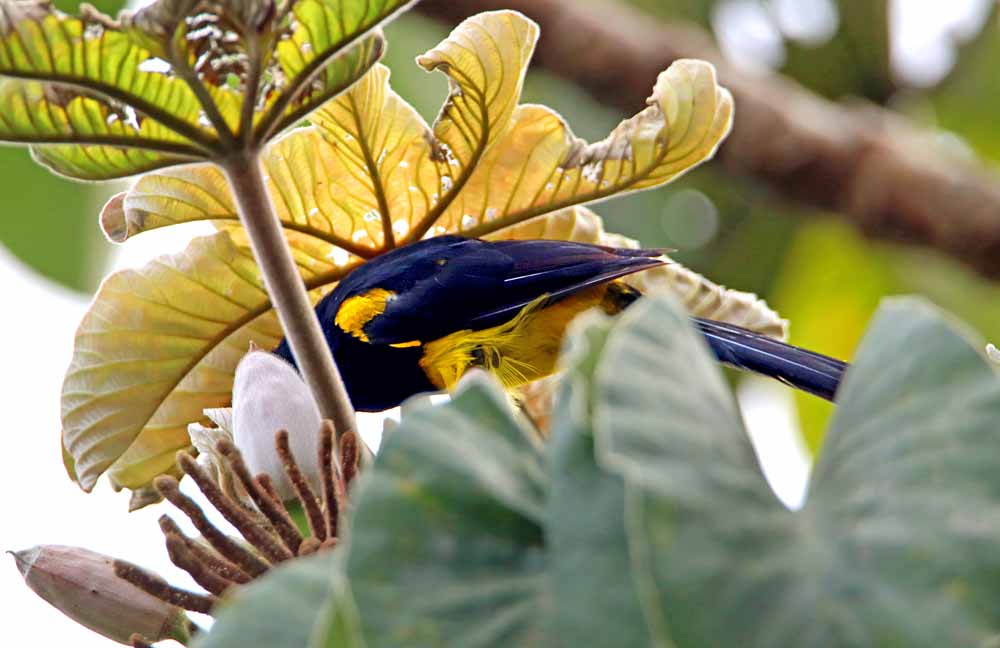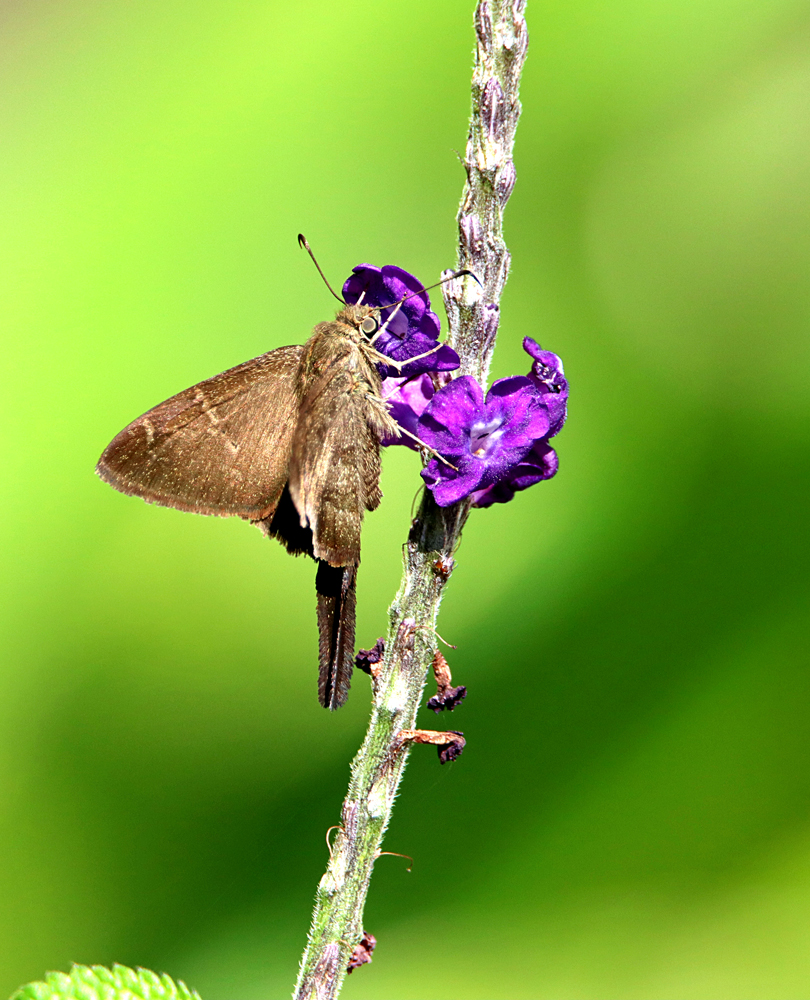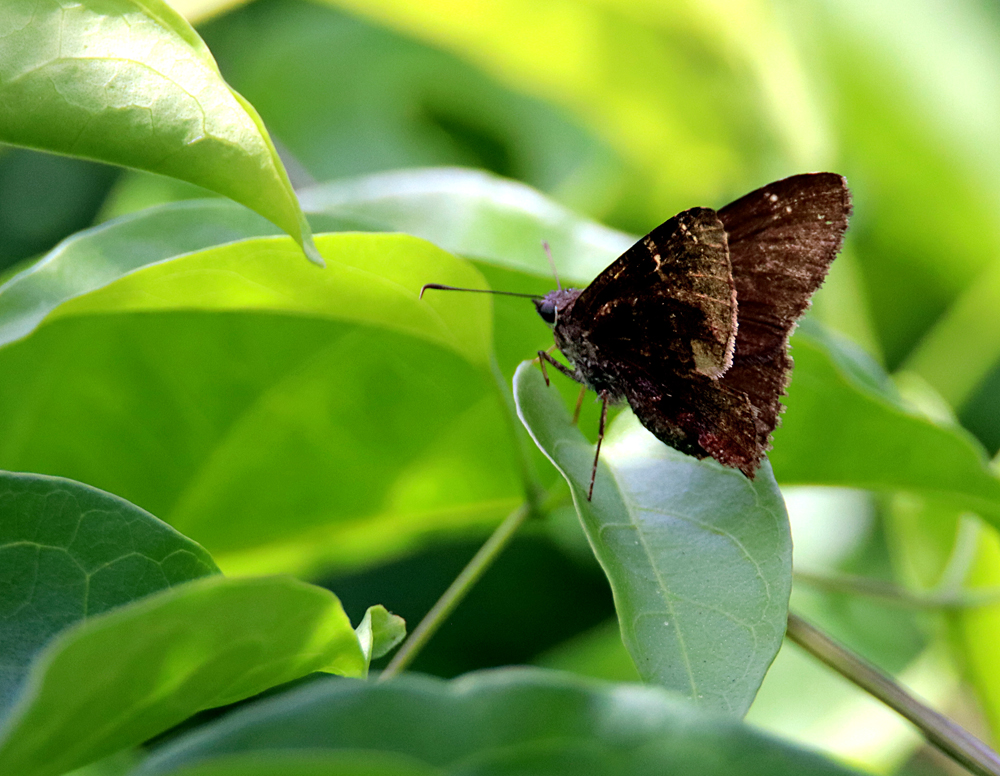. . . in one of my Nance trees and of all things, on a dead limb! The wind probably blew the baby plant there when it broke off its mother plant in maybe another tree or higher up in this same tree. And the dead limb is no problem because it does not get its nourishment from the tree but from the air! Here’s a good short definition from the Family Handyman site with more info at that link . . .
“Air plants, or Tillandsia, grow floating in the air, where they live and thrive without soil.
familyhandyman.com
Part of the Bromeliad family, air plants are epiphytes — plants that attach themselves to other plants for support, without relying on the host to thrive.”
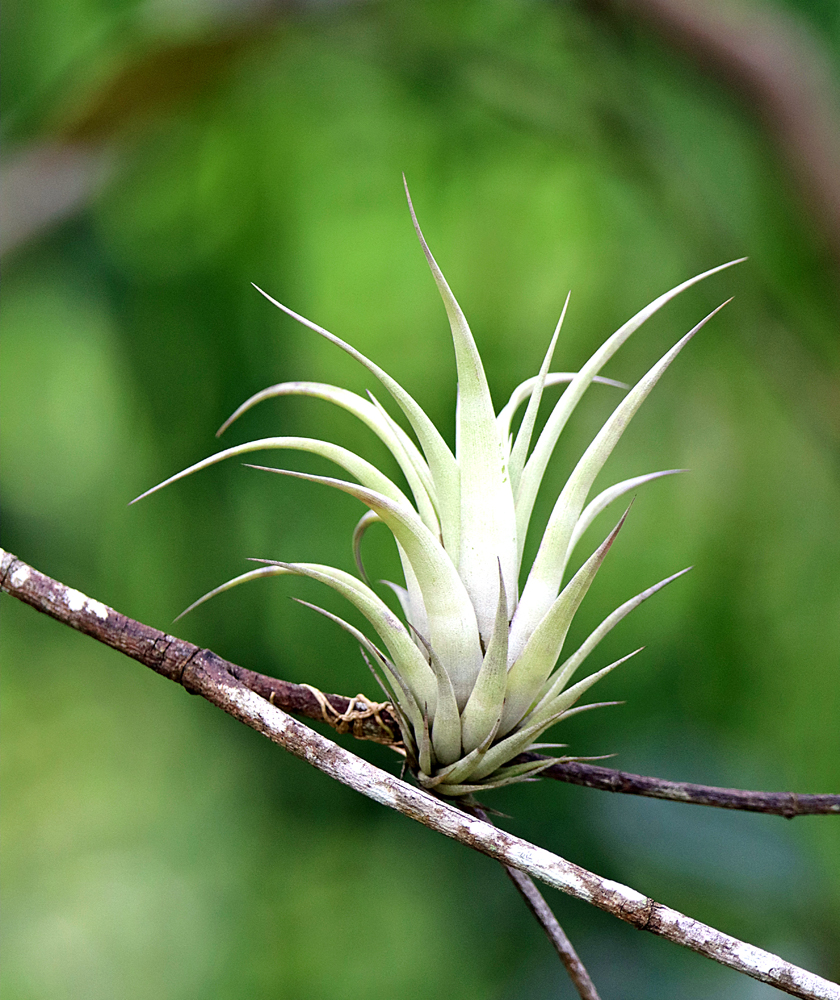
It feeds from the air with its arms while the roots are only used to hold on to it base, a tree limb in this case. This one is a recent or young plant only the size of a human hand, but will likely grow larger.
There are more wild air plant photos scattered throughout my Flora & Forest GALLERY. 🙂
¡Pura Vida!
